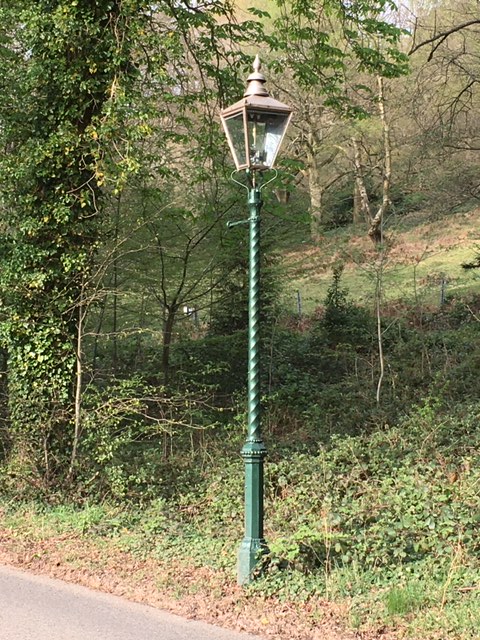WordPress tells me I’m five this week! Not a message I expected to see when I wrote my tentative Welcome in 2016. Right now I’m very preoccupied by what’s best described as a Demanding Family Event so will keep this post brief (at last! you sigh). It’s a quick rundown of the posts you and I liked best every year. Thank you for travelling with me; do please revisit and return, and I’ll do my best still to be writing for you (and me) in 2026.

2016: My most popular post with (for me) a whopping 1,357 views obviously struck a chord with the teaching profession I was about to leave. Read my thoughts on teaching writing at Back to the Writing Bored. I haven’t changed my mind! But the post that pleased me most was The Great Amazon Dinner Party because my first novel The Infinity Pool had done so well. If Shakespeare had sat SATs was aimed at the same audience as the writing bored. I’m also pleased to reread my memories of a wonderful workshop with Professor Marina Warner at Dartington, which led eventually to The Magic Carpet.
2017: Most popular post: The Best Independent Bookshop in London. Could be subtitled How to Bring up a Bookworm. If you are more or less raised in a good bookshop, your welcome to the world of words is assured. Runners up in my own mind are diversions into UK travelogue: an exploration of “my” corner of East London called The World in Four Short Blocks and Marsh Frogs Sing Loudly in the Ditches which came from a trip to the ancient Sussex town of Rye. I also wrote a little about cultural appropriation as I worried my way into The Magic Carpet. I wouldn’t dare start writing that book now, but it has its merits and I hope Getting It Right expresses the sensitive dilemma so many authors face.
2018: Most popular post: I was surprised but pleased for my German translator to find this was Sought and Found in Translation, after the publication of Der Infinity-Pool. But I also enjoyed exploring an unusual POV In a Nutshell, and was humbled and proud (if you can be both at once) to be asked to start a fortnightly books column for Smorgasbord, one of which is here. I kept that up for a year or so before asking to contribute more occasionally so that I could get on with my own writing. But I was so pleased to be asked and Sally and her crowd of co-bloggers have become good and supportive friends. Finally, although sometimes along with many of you I feel as though I Can’t be Bloggered, I did have a bit of fun giving a backward glance to Prologues.
2019: Most popular post: The Magic Carpet – Standby for Landing. This is one flight that hasn’t been cancelled so if you haven’t bought it yet… I also had the interesting experience of a blog tour in 2019, and there are a couple of posts about that. Not sure what I was doing otherwise, there seems to be a six month gap in blog posts.
2020: Most popular post: What Authors Don’t Bargain For. As when I struck a chord with all those angry teachers, I seem to get the biggest audience when voicing a collective grievance. Hope it makes people think! It was a sad spring, 2020, and here I am saying Au Revoir to Europe and just two months later worrying about how to write fiction in an age of pandemic. I hope you’ve all stayed safe and well into…
2021: …when as I say an ongoing family event has taken most of my time and attention, and my most popular post so far is from people revisiting my Easter Eggheads quiz of a previous year. My post on a workshop with Sophie Hannah did well though, and if you look back through there are others on writing courses each year. I’ve learned a lot in five years. Please stay with me, even if we’re both erratic, for the next five.

©Jessica Norrie 2021













You must be logged in to post a comment.